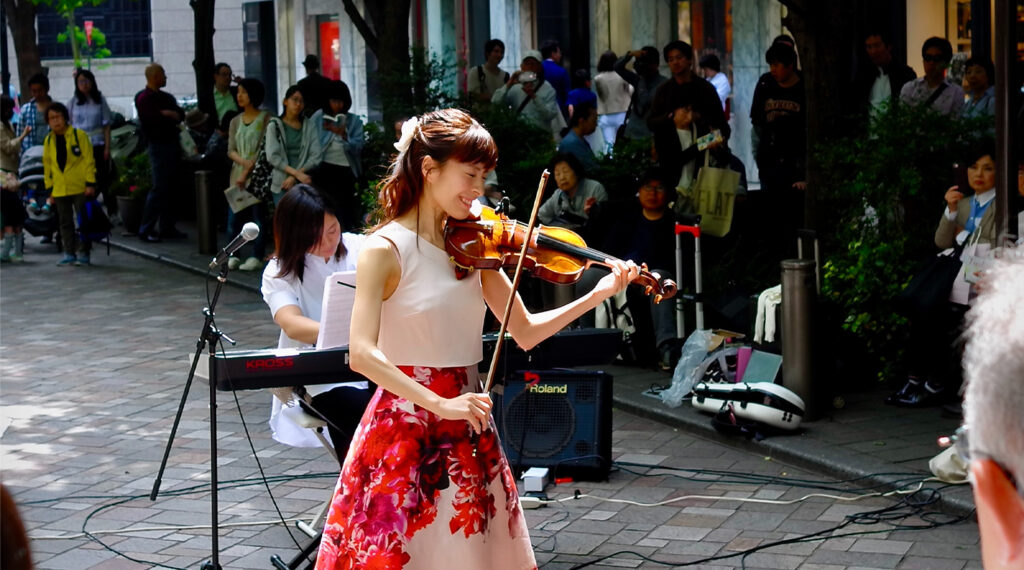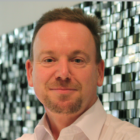Arts and culture at the core of philanthropy

This is a time of stress. Across Europe millions are struggling with crises both slow and fast. The long economic crisis that began in the late 2000s left many with stagnant incomes and fuelled political instability and populism. Then came the pandemic, the war and the cost-of-living crisis. And alongside all of these, the slow crisis of climate change that manifests each summer in record temperatures and forest fires.
As Philea’s upcoming report on arts and culture funding in Europe shows, although the arts can’t fix high energy prices or missiles raining down on innocent civilians, they are very much part of these struggles and transitions – helping people to make sense, to respond and to campaign.
Sometimes crisis can be invigorating for the arts. In the film “The Third Man”, the anti-hero Harry Lime, played by Orson Welles, famously remarks, “In Italy for 30 years under the Borgias, they had warfare, terror, murder, bloodshed. They produced Michelangelo, da Vinci, and the Renaissance. In Switzerland, they had brotherly love, 500 years of democracy and peace, and what did they produce? The cuckoo clock.”
This isn’t quite true, of course: Many of the world’s most admired artists come from enviably stable Germany, and choose to live in equally stable Switzerland. But there is a grain of truth. Crisis quickens the senses and in times of crisis, the ways that art echoes, challenges and opens up becomes even more vital, as does their role in helping societies to think in fresh ways about the future.
Today we need this kind of imagination more than ever. There are many signs that our horizons have shrunk. Most Europeans expect their children’s lives to be worse than their own. We can easily picture ecological disaster or technological futures. But we struggle to picture how our societies might improve a generation or more from now.
That’s why we need the arts, not just to critique and bear witness but also to help us think and see in new ways – to reimagine care, or a transformed relationship with animals, or new ways of doing democracy.
Not that the arts should be banal optimists. In Europe there are good reason for pessimism. Brutal war has returned, jolting us out of complacency. In the past, artists showed that war was far less glorious and glamourous than governments pretended. From Goya’s “The Disasters of War” to Picasso’s “Guernica”, they bore witness to the horrors. Books like “War and Peace” portrayed the vast forces that shape human history. In the last year, the Oscar-winning “All Quiet on the Western Front” and Serge Losnitsa’s extraordinary films – “The Natural History of Destruction” and “Babyn Yar” – have played a similar role, brilliantly connecting history to today’s dilemmas.
But these responses are never neat. And here I think is the essence of a European artistic sensibility. Many of the most striking works around us today show many perspectives, angles and layers. This is as true of Olga Tokarczuk’s “Drive Your Plow Over the Bones of the Dead”, with its explorations of class, politics and our relationship with nature. Or Kaija Saariaho’s opera “Innocence” about a school shooting (in which few of the protagonists turn out to be very innocent) or Ruben Östlund’s “Triangle of Sadness”, in which he moves on from gender and art to class, but always with a twist. And it’s there in the work of many artists dealing with the boundaries of art and AI, like Andreas Refsgaard’s work using algorithms to assess whether people are trustworthy enough to be allowed to ask questions, or Marshmallow Laser Feast’s work helping us to feel what it’s like to be a tree.
Much about the war in Ukraine is straightforward – including in the eyes of the thousands of Russian artists, writers and filmmakers who have fled their country since February 2022. But much about the world doesn’t fit neatly into the simplicities of black and white, good and evil, us and them. Art at its best saves us from being imprisoned by such simplicities, and this is something Europe has learned painfully over the centuries: the virtues of a plural perspective, and finding the right balance between the view that there is only one truth and the equally misleading view that there are no truths.
The challenge of getting the balance right is visible in the fascinating arguments between an older generation of artists utterly convinced of the artist’s sacred right to do or say whatever they want and, on the other side, a younger generation equally convinced that artists are not gods, and that they should be held to account just like anyone else.
Philanthropy plays an indispensable role in providing freedom to experiment and to surprise. Business and government have to be more linear, more predictable. And philanthropy in Europe has a particularly vital role to play when so many other parts of the world are closing in, as the continent becomes a haven of tolerance in a world ever more dominated by authoritarian nationalists who believe that theirs is the only truth. This is a time of stress. But art can help us get through it.
—-
This piece was commissioned as part of Philea’s report “Arts and Culture at the Core of Philanthropy”
Authors

